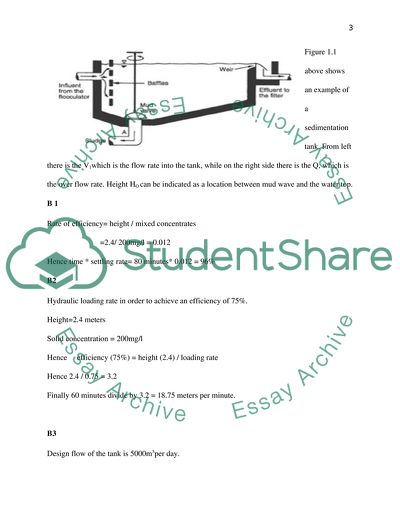Cite this document
(Water, Wastewater and Environmental Engineering Topics Assignment, n.d.)
Water, Wastewater and Environmental Engineering Topics Assignment. https://studentshare.org/environmental-studies/1810571-a-compilation-of-essays-on-water-wastewater-and-environmental-engineering-topics-as-outlined-in-the-following-brief
Water, Wastewater and Environmental Engineering Topics Assignment. https://studentshare.org/environmental-studies/1810571-a-compilation-of-essays-on-water-wastewater-and-environmental-engineering-topics-as-outlined-in-the-following-brief
(Water, Wastewater and Environmental Engineering Topics Assignment)
Water, Wastewater and Environmental Engineering Topics Assignment. https://studentshare.org/environmental-studies/1810571-a-compilation-of-essays-on-water-wastewater-and-environmental-engineering-topics-as-outlined-in-the-following-brief.
Water, Wastewater and Environmental Engineering Topics Assignment. https://studentshare.org/environmental-studies/1810571-a-compilation-of-essays-on-water-wastewater-and-environmental-engineering-topics-as-outlined-in-the-following-brief.
“Water, Wastewater and Environmental Engineering Topics Assignment”. https://studentshare.org/environmental-studies/1810571-a-compilation-of-essays-on-water-wastewater-and-environmental-engineering-topics-as-outlined-in-the-following-brief.


